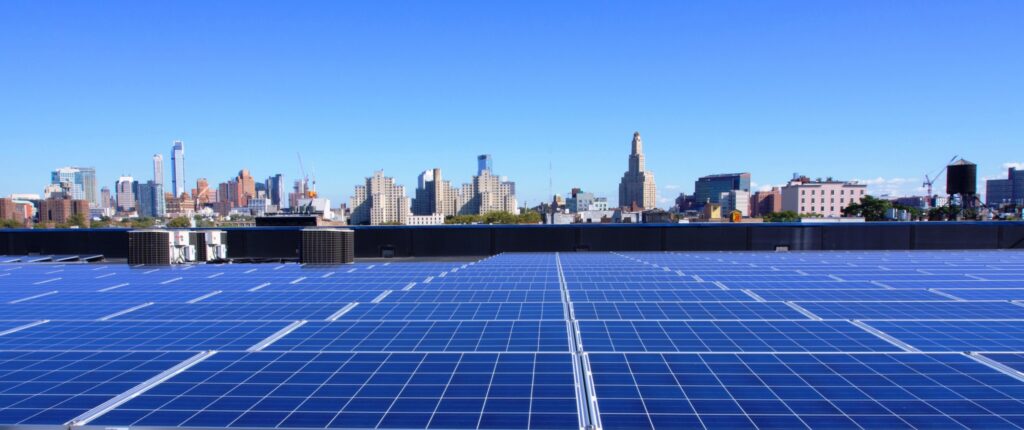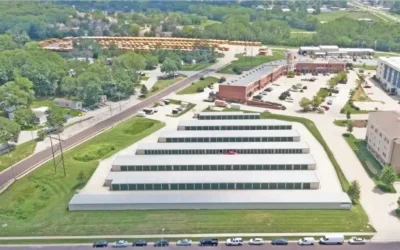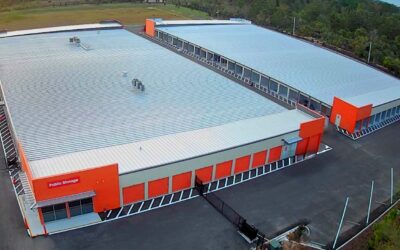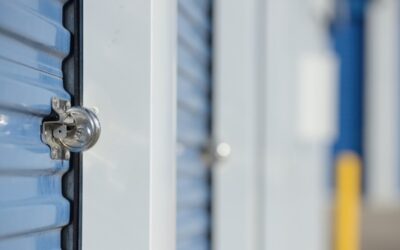Safari Energy and Extra Space Storage aren’t finished with installing solar-energy units at the self-storage firm’s properties across the country.
The two companies recently announced that Safari Energy, a New York-based solar developer owned by PPL Corp., has now delivered more than 6.7 megawatts of commercial solar power capacity for Extra Space at 58 sites in nine states. To put that into perspective: That’s enough electricity to power nearly 7,000 homes.
But it turns out that Safari Solar and Extra Space are planning to develop solar power at 40 additional sites, mostly in suburban locations, generating an additional 4.5 megawatts of power that Extra Space’s facilities will either consume on site or sell back to electric-grid operators in respective states, according to Safari Energy.
In addition, John Lind, managing director at Safari Energy, says his firm is currently in talks with three other “large self-storage owners” about developing solar power capacity at their sites as well. He declined to name the firms.
“There’s great (solar) opportunities for all storage companies,” said Lind, noting that suburban and rural self-storage properties tend to lend themselves to solar installations because their site footprints are usually large and spread out.

Safari Energy installed this solar array on the rooftop of an Extra Space Storage facility in Brooklyn, NY.
Powered by the sun
In a statement, Tim Arthurs, senior vice president of facilities at Extra Space, said his firm’s commitment to solar power allows it to be a “good corporate citizen” while “creating value” for its shareholders. “Safari Energy has been a valuable and reliable partner for several years, and we look forward to additional future projects together,” said Arthurs.
Every state has varying energy policies and incentives when it comes to the development of solar installations on commercial and residential properties. Some states have “net metering” rules that allow property owners to sell some, or all, of their solar-generated power back to utilities, while others don’t, says Lind.
In general, the average Extra Space solar facility generates about 110 kilowatts of power each, offsetting about 90 percent of the electricity each site uses, he said. In some of the nine states, any surplus power can be sold back to utilities, he said.
The upfront costs of on-site solar developments can be expensive, but those costs are usually offset within a number of years because property owners are no longer buying as much power from utilities, Lind said. In addition, there are federal and, sometimes, state tax credits that further offset solar development costs, he said.
Currently, Safari Energy is committed to solar developments with firms that own a couple dozen to more than a hundred facilities, Lind said. Smaller “mom and pop” self-storage operators are not economical for Safari Energy, though there are other solar-developers who regularly work with small companies, he said.







